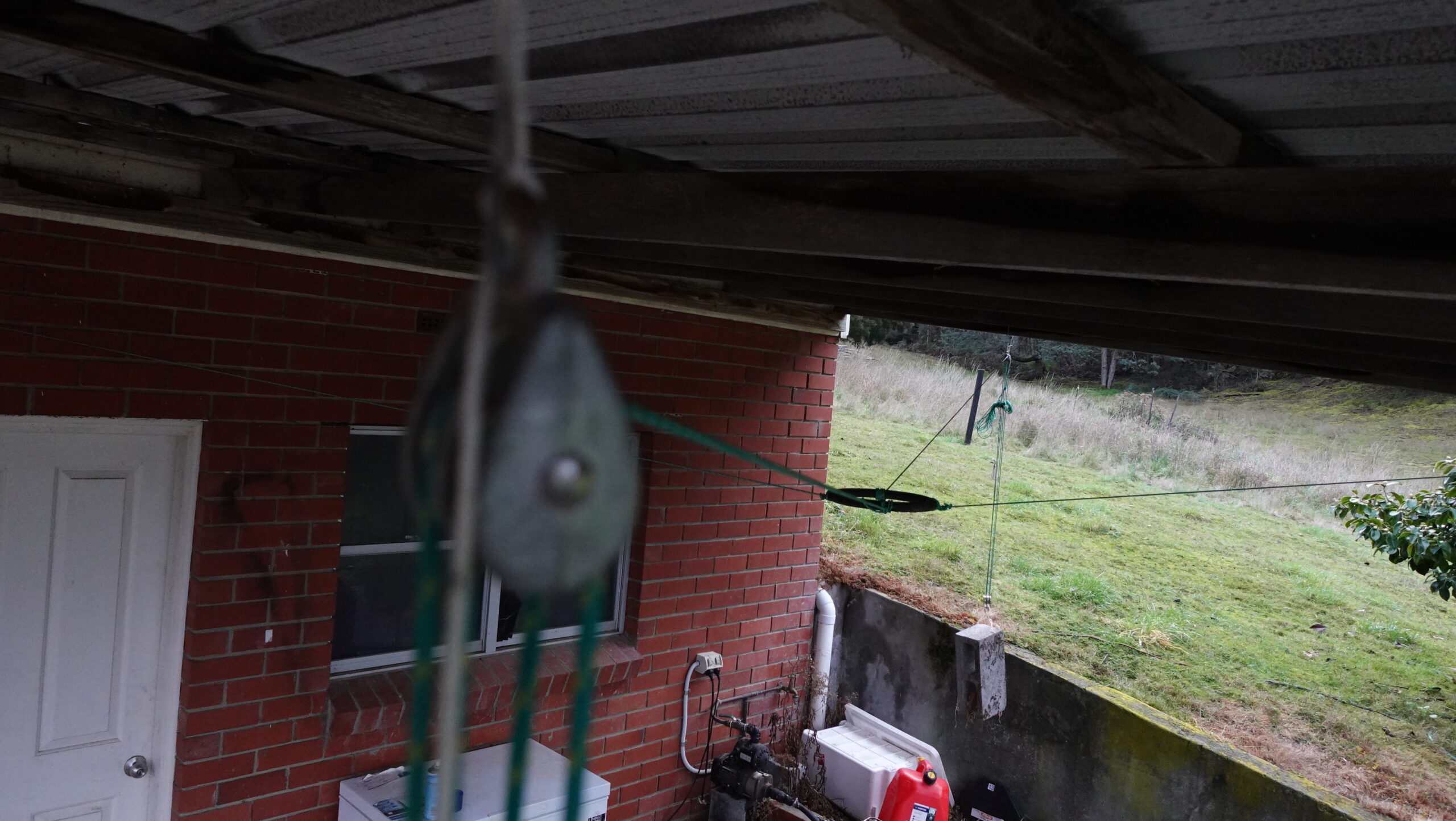Cable-driven robotics is about more than just motion—it’s about fluid, responsive interaction. With the ArachnoRing now taking form as a central, suspended tensioning system, the next leap is giving ArachnoNestor a new way to interpret human intent: gesture control.
What Is ArachnoRing?
The ArachnoRing is a suspended mechanical hub that maintains centralised tension and guides cables from multiple winches to the ArachnoNestor robot. It floats passively, supported by bungee-driven pulleys, and ensures the cables never sag or tangle—even when the robot is in motion. In essence, it’s a floating nerve centre for motion and balance.
The Integration Plan
- Visual Tracking: Using a lightweight camera or depth sensor mounted near the ArachnoRing or winches, we’ll track hand movements, colored gloves, or an IR beacon.
- IMU Feedback: The onboard IMU provides stabilisation data, allowing ArachnoNestor to stay level as it reacts to gesture-driven commands.
- Software Layer: Gesture data will be mapped to movement patterns (e.g., point forward → move in +Y, rotate hand → yaw rotation).
Practical Use Cases
- Industrial Inspections: Gesture to zoom in on a suspected fault.
- Event Capture: Signal to track a speaker or subject without needing an operator.
- Agriculture: Gesture to scan a specific tree or crop zone.
Stay tuned—we’ll be sharing more build footage, early gesture demos, and testing logs as this system evolves.
What’s Next?
We’re currently testing shock cord tension systems inside a 1-meter housing for consistent ArachnoRing lift. Parallel to that, we’re prototyping basic gesture commands using computer vision. The goal? A robotic assistant you can guide with just a wave of your hand.


Why Gesture Control?
We envision ArachnoNestor not just as a robot, but as a collaborative machine—one that can interpret gestures, hand signals, or objects in motion and respond intuitively. Imagine a field technician pointing to a location or making a simple circular motion to trigger a scan. That’s the future we’re building toward.

Leave a Reply